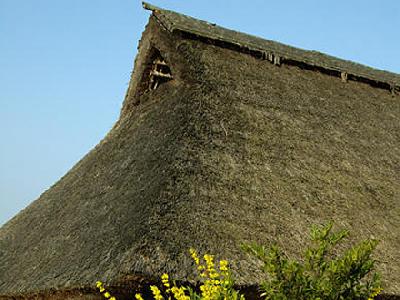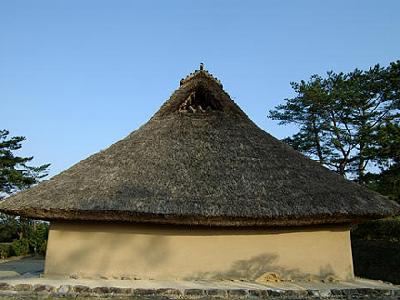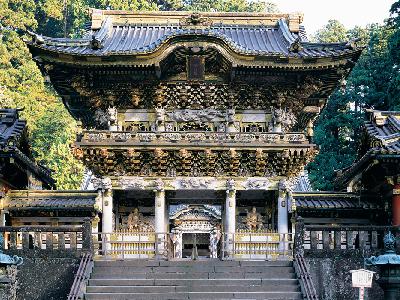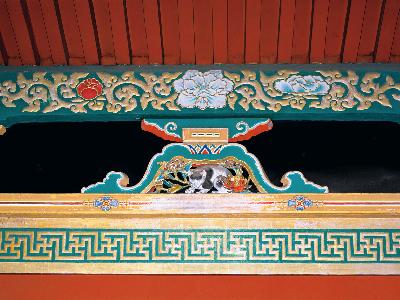Toshogu Shrine in Nikko, Tochigi Pref. was built in 1617 by the 2nd Successive Shogun Hidetada to enshrine Ieyasu Tokugawa, the founder of the Tokugawa Shogunate. 20 years after its establishment, the 3rd successive Shogun Iemitsu reformed the shrine into today’s gorgeous complex of the buildings. 42 buildings are now designated as National Treasures or national Important Cultural Properties, among which are 35 buildings built at Iemitsu’s modification work, including Honsha (central shrine) and Yomeimon Gate, and many other buildings built before or after the modification or dedicated later by feudal lords, including Five Storied Pagoda and stone Torii Gate. Toshogu was registered as a World Heritage in 1999 as a part of “Shrines and Temples of Nikko.” There are also a lot of famous paintings and sculptures including the “Nakiryu (Crying Dragon)”, a painting on the ceiling which makes a sound like a crying when people clap their hands under the dragon, the “Sleeping Cat,” the most famous sculpture made by Jingoro Hidari. Sculptures of “Sansaru (Three Monkeys)” are put on the crossbar of the Shinkyu (sacred stable), where the horses Ieyasu used in the Battle of Sekigahara are enshrined. A monkey has been thought to be a guardian of a horse since early days. The Three Monkeys hiding each respectively their ears, eyes and mouth, representing the Buddhist doctrine “hear no evil, see no evil, speak no evil,” have become a symbol of Nikko.
















